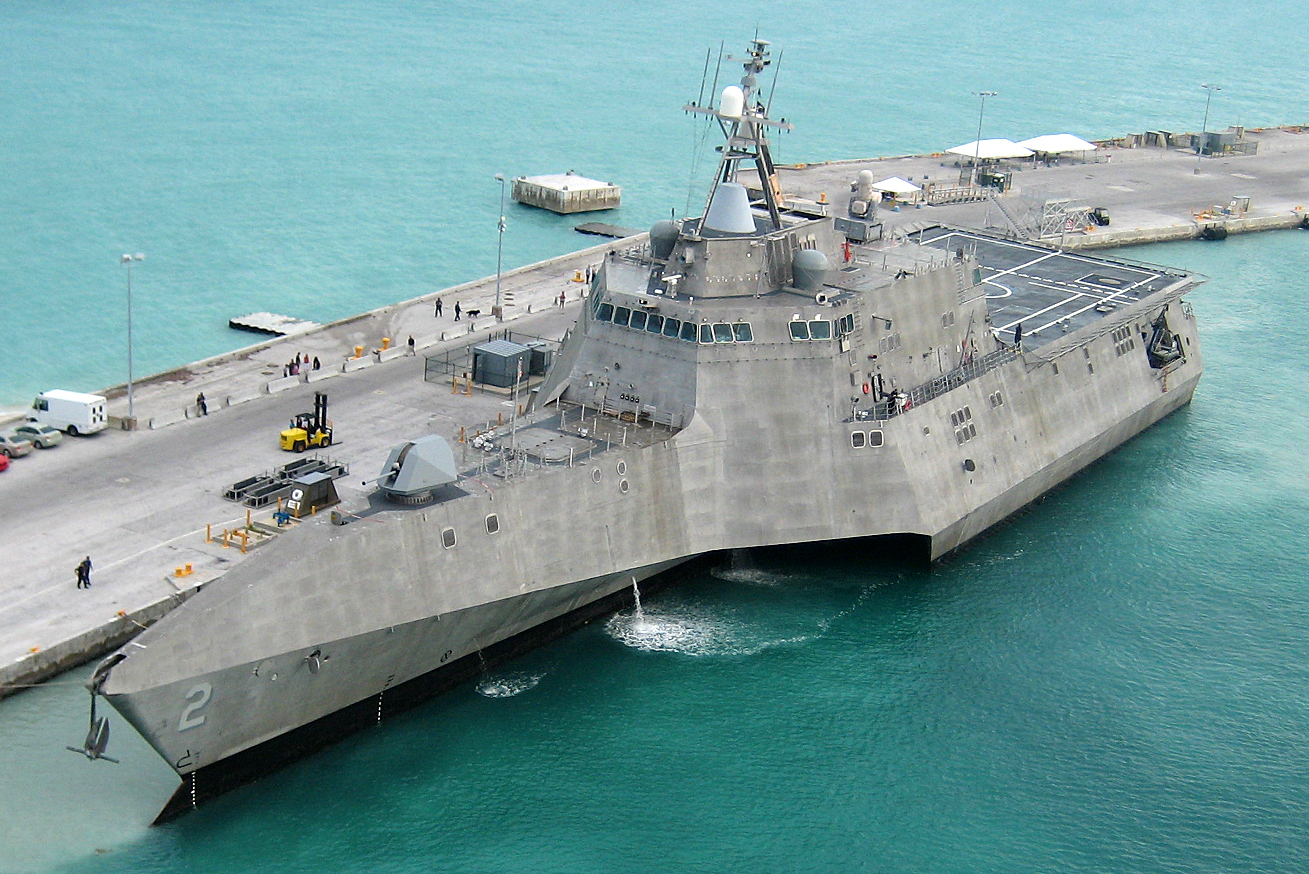
The Littoral Combat Ship, or LCS, was meant to revolutionize how the Navy fought sea wars. It was marketed as a light, fast, and agile ship that would function near shorelines where bigger ships are less effective. The promise was grand: a submarine-hunting vessel, a mine-disabling ship, and a nearly universal tool to combat coastal threats. What occurred instead was that the program became one of the Navy’s most contentious projects — an expensive endeavor bogged down by delays, mechanical failures, and broken promises.

When the Cold War was over, the Navy was looking for a new purpose. The battleships of the earlier decades and the gargantuan aircraft carriers that had exemplified U.S. dominance did not quite cut it for the smaller, more uncertain missions of the post-Cold War world. What the service needed was something lighter, faster, and more mobile — a ship designed for the so-called “littorals,” or coastal seas.

That’s where the LCS fits in. In theory, it was the ideal solution: a lightweight vessel with a tiny crew, which could exchange mission modules according to the job it was doing. One day it was clearing mines, the next it was pursuing submarines, the next day after that gathering intelligence.

But things never measure up to the sales pitch. Rather than adopting a successful design, the Navy chose to fund two competing variants — Lockheed Martin’s steel-hulled Freedom-class, and General Dynamics and Austal’s aluminum trimaran Independence-class. The theory was to promote innovation and keep several shipyards open, but the outcome was confusion, increased expense, and a logistical nightmare.

The actual trouble, however, arrived with the modular mission packages. These were promised as LCS’s innovation — interchangeable sets that transformed the ship into an actual multi-tool. Alas, the modules proved to be costly, unstable, and much more challenging to combine than anticipated. Meanwhile, the ships themselves battled with mechanical issues from engine breakdowns to chronic leaks. Crews, already thin, struggled to keep up with maintenance, which too often meant contracting out repairs — another time and budget hit.

As issues mounted, so did complaints. Critics and watchdogs panned the program, observing that the ships spent more time in dry dock than deployed. Equipped with relatively light armaments, detractors said the LCS would be easy prey in battle with a heavily armed adversary.

Politics only made things more complex. Legislators were pressed to retain shipyard jobs in their districts, while defense industry companies fought fiercely to preserve their contracts. Despite growing skepticism within the Navy itself, these pressures sustained the program. Ultimately, 33 ships were constructed, with the overall cost rising towards $100 billion.

To save some value, the Navy attempted to add new weapons such as the Naval Strike Missile and incorporate drones to use for reconnaissance. There are still officers who commend the ship’s speed and intelligence-gathering capacity. But the upgrades could never completely remove the reputation the program had gained through the years.

Now that the last of the Independence-class ships, USS Pierre, has been delivered, the Navy is essentially closing the book on the LCS. The program did not do all it promised, but it did take naval design into new spaces and compelled the service to think differently about operations along the coast.

Ultimately, the Littoral Combat Ship is not merely a tale of hardware — it’s also a tale of what happens when grand visions meet technical constraints, political agendas, and the complexities of defense contracting. It is hoped that future programs will learn from these lessons and not repeat the same errors.

The LCS will not be remembered as the revolution it was intended to be, but it will be remembered — as a symbol of the complicated, messy trajectory of military innovation.
